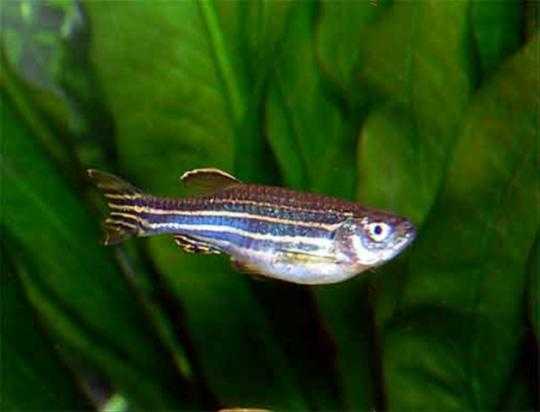
It has a blue body with bright blue horizontal stripes, females have a lighter blue belly than males. This makes it a popular Cichlid in the hobby due to its size, lower aggression levels, and coloration. Hopefully, breeding them in captivity will help maintain their numbers.Melanochromis cyaneorhabdos has an elongated body, a rounded snout, a continuous dorsal fin, and can reach 4 inches in captivity. Just take care of these beautiful fish because in the wild, they are listed as “Vulnerable” by the IUCN. ❋ These can be kept with other Malawi cichlids like the Electric Yellow Cichlid, Red Zebra Cichlid, Cobalt Blue Mbuna, etc. They should NEVER be kept with Dogtooth Cichlid or the Kenyi Cichlid. They will try to attack any fish that has a similar color and pattern. ❋ If you’re keeping any other species with them, it is important to ensure that they don’t have stripes or color like the demasoni. ❋ Regularly moving the rocks in the tank will help reduce the aggression, especially when you want to introduce a new fish. Buying them in small groups will eventually lead to the deaths of other fish, because the alpha male will slowly kill everyone. It will save the females and other males as there will be too much of “crowd”. ❋ If you want to keep this fish, it is best if you buy them in large groups of 12 or more, with only one or two males and all other females. Just shift the less dominant one to another tank or it the situation may get too serious. ❋ If there are two males and one (alpha male) is continuously troubling the other. The reason being, only one female won’t be the target of aggressive males. Ideally, you should buy 1 – 2 males and more than 10 females.

❋ These fish are aggressive so consider the size of your tank and buy accordingly. ❋ You need to do partial water changes after every 2 – 3 days, but a 50% water change could be done once a week. Add it to the tank, it might improve their condition, though the white marks may not disappear completely. It is not a type of fungus, but it is mainly caused due to mouth locking. ❋ A white marking around the lips is common observed in males. The fry are released in the water and start feeding immediately. The broods can be anywhere between 6 – 20, as it all depends on the size and age of the female. It is better to shift the holding female to a different, empty tank so that the fry remains safe. The female then incubates them for three weeks. The male releases the sperms which later fertilizes the eggs. So, the female takes the unfertilized eggs in her mouth and follows the male around the tank. A flat rock is needed as they will spawn near it. The male takes the female to a flat rock near its own territory and then the mating starts. The male is seen being too aggressive with other fish, but will attract his female by shaking his body and showing his belly. The mating starts when you see extensive chasing. The adults should be fed less but divide the food into several meals in a day, instead of one large meal. You can give them green algae, because they love to nibble at algae all day long. Also, the fry should be fed many times in a day. The fry can be fed with newly hatched brine shrimp, crushed flakes, and daphnia. You can feed them with frozen spinach or lettuce once in a while. Spirulina flakes, flakes specifically made for cichlids, and cichlid sticks can also be given. Any flake food, dried seaweed, and algae is fine. These are herbivores so they should be well fed with vegetable food and no worms. Search for aragonite-based substrate because it helps maintain the high alkalinity and pH levels. ❋ A substrate like sand or gravel mix can be used. Remember, looks can be deceiving! Don’t ignore them size because of their size, they can be fairly aggressive. This is the reason they are sometimes called dwarfs. The males can grow up to 3 inches, while the females grow up to 2.5 inches. These fish are smaller than their other brethren of the same genus.

The males are said to have a darker color and spots on their anal fin.

Since there isn’t much difference between the males and the females, differentiation or gender identification becomes very difficult. These fish have unique alternating dark (almost black) and light blue (sometimes white) stripes on their bodies. So, if you plan to keep it an aquarium, too much aggression will lead to fights and may cause many deaths, which can be a total disaster for any novice aquarium-lover.ĭemsoni cichlid ( Pseudotropheus demasoni) is a species that is found only in Lake Malawi of Africa. Also, it is difficult to differentiate between males and females. This fish is widely admired for its color, it is also known to be less tolerant towards other fish.


 0 kommentar(er)
0 kommentar(er)
